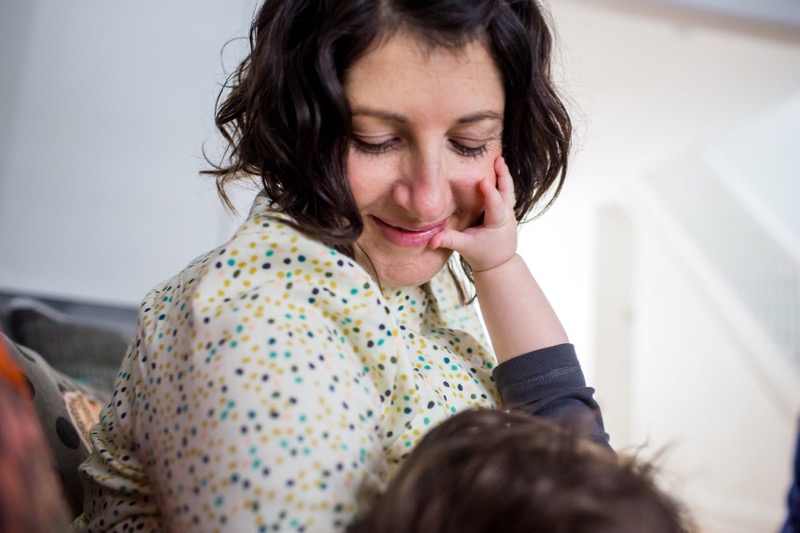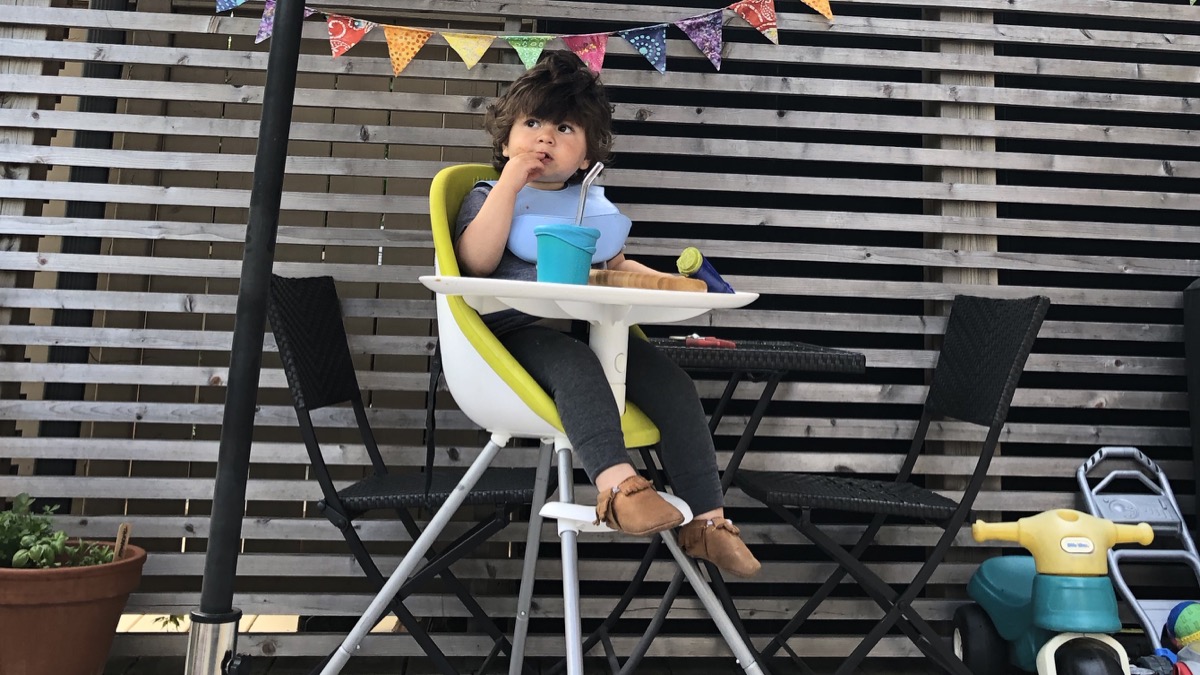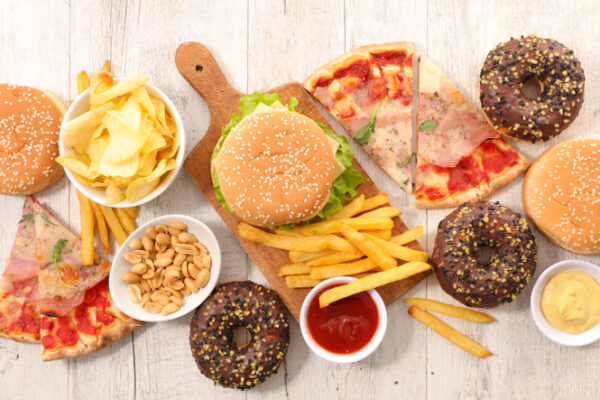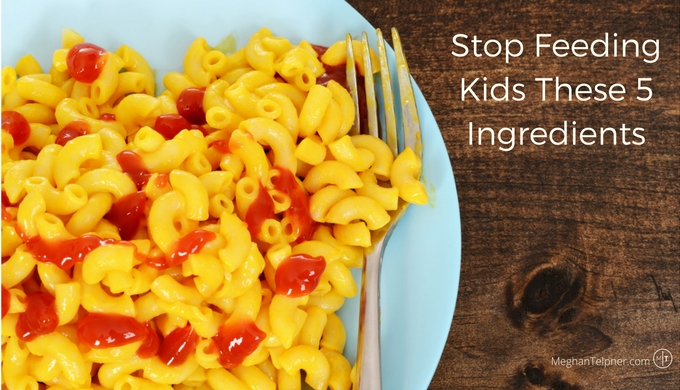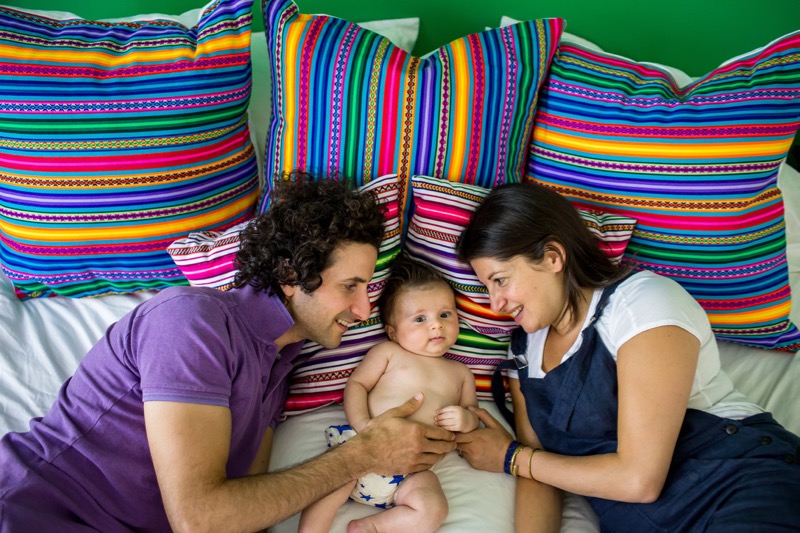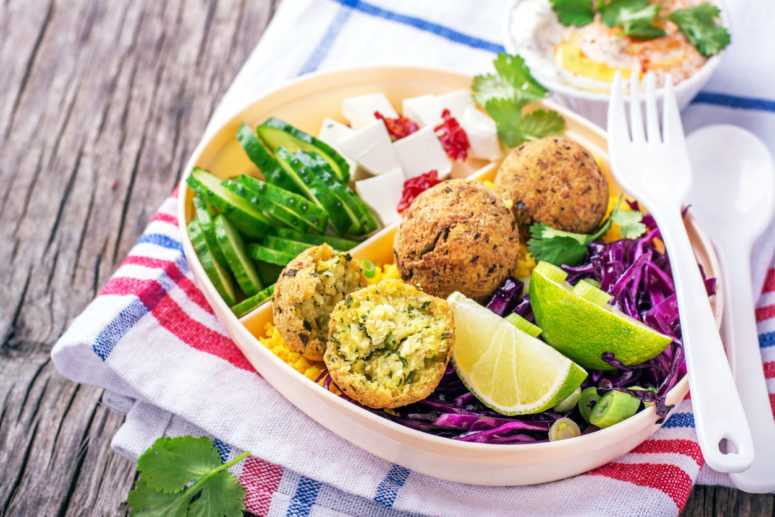5 Ways to Help Your Children Eat Their School Lunch
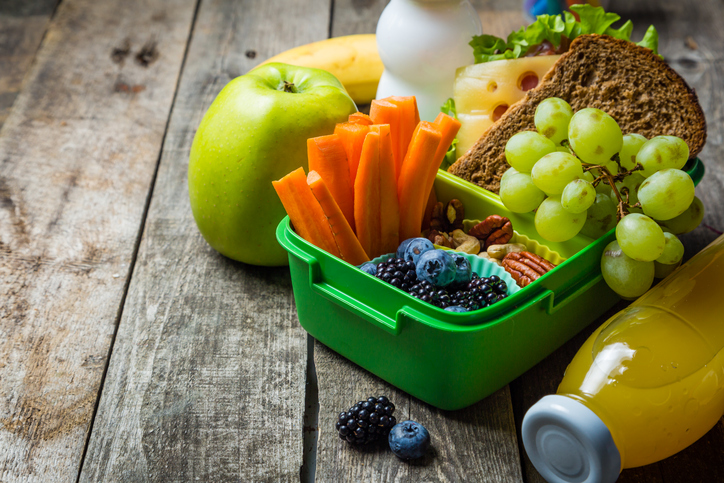
With kids in school for most of the year, we want to make sure they are eating as much of their meals and snacks as possible. There are many reasons why your child may not eat well at lunchtime – maybe you have a chatterbox on your hands who just loves to catch up with friends and forgets to eat. Or perhaps your child will eat the snacks only and leave behind the main course. For younger children, perhaps the lack the motor skills and sheer strength to open their school lunch containers is a factor. Other children won’t tolerate the bright light of the cafeteria or the loud noise nearly as well as others.
The good news is there are many ways to help your child eat his or her school lunch. Here are the strategies I love to use that encourage kids to eat their school lunch.
5 Ways to Help Your Children Eat Their School Lunch
1. The Container and Lunchbox Must Pass the Open Test
One of the biggest challenges kids face at school is the amount of time they have to eat their lunch. In some schools, they allocate a mere 20 minutes while others are luckier with longer lunch times.
If your child can’t open their lunchbox or their containers and they have to rely on a teacher’s help, they are losing precious minutes holding their hand up and waiting to be seen and attended to. At worst, they can spend half their time waiting, leaving only 10 minutes to eat.
If your little one can’t open their container, return it and get a more kid-friendly lunchbox.
2. Don’t Use Too Many Individual Containers
It’s no accident that the bento-style lunch boxes became so popular. In terms of time savings, it’s huge. Kids literally just have to open one lid and all their food is ready to be eaten. Contrast that with the kid who is taking each container out of his or her lunchbox, opening each one individually, and figuring out which container is for snack time and which ones are for lunchtime. Not to mention they have to figure out what to do with the lids. The area of the table in front of them is a hot mess of containers and lids everywhere!
I found for my own pre-schooler, the sweet spot is to use 3 containers. Younger kids will have two snack times and one lunchtime. Two of the containers are dedicated for each one of the snack times, and one for lunch. All he has to worry about is to pull out the container dedicated to the meal he’s having. I love small containers that have a divider in the middle. You could even colour code containers or lids to designate the ones for snacks and the one for the main meal.
Don’t be afraid to ask your child for feedback. If they’re younger, they may not even know what’s bothering them about lunchtime.
Questions such as, “Was it easy to open your lunchbox/container?”, “Was it too messy?” and “Was it easy to get the food out of your container?” will all spark those conversations. You’ll be amazed how much useful information will come out of those conversations that will ultimately allow you to make meaningful changes.
3. Cut Everything Into Bite Sizes
For kids who love to chat with friends during lunchtime and “forget” to eat, this is my go-to tip. Cutting foods in a similar shape and size allows kids to chat away and still reach in their lunch container and grab a piece of food with little effort. These gluten-free and dairy-free bite-sized snacks will offer you some inspiration and can be modified if there are allergies.
I know it might seem like you are encouraging the chatting behaviour rather than eating, but this strategy is designed to encourage the volume of food they need as opposed to teaching them to focus. We have tip number 5 below to help with the focus part.
4. Protect Them From Sensory Overload
Eating is the only activity kids will do that requires them to coordinate all 8 senses. Eating in itself has a lot of information for the brain to sort through let alone when there are extra burdens placed on our sensory system.
That is the chaos of the cafeteria! They can be loud and bright. Visually, there are many distractions as well as lots of students, lots of movement, and the mess of scattered containers in front of them. Food smells meld together, which can be overpowering to some sensitive children. The easier we can make it on our kids from a sensory perspective, the easier it will be during lunchtime.
Making sure they can open their school lunch containers on their own, with minimal effort, sending fewer containers to open, and pre-opening any packaged foods are all helpful strategies to reduce the overload. If your child does not like bright environments, consider providing sunglasses. If your child is sensitive to loud noises, get them noise-reducing earmuffs.
Don’t be afraid to talk to your school and see if they can be placed in a quieter and less stimulating environment to eat if that’s what it takes.
5. Practice the School Lunch Routine at Home
Try practicing “lunchtime” at home right before school starts or after longer breaks like winter vacations or spring break. I also recommend doing this exercise whenever you feel that your little one needs to work on a particular skill.
Maybe they need to practice opening containers, tame their inner chatterbox, or simply need to work on eating around louder noises (in that case, turn up the radio during your practice lunch).
Pack dinner for everyone in a lunchbox and place your lunchboxes in a designated corner (this is a great way to practice your meal prep, too!). At dinnertime, ask everyone to go get their lunchboxes and come sit at the table. Each person is responsible for opening their own lunchbox and containers and eating as if it was at school. Set a timer for roughly how long children have to eat at school, and end the meal with everyone placing the containers back in the lunchbox. Next, have everyone place their lunchbox back in its designated spot.
You’re probably thinking that none of these tips have anything to do with kids doing any eating. That’s the next step. We first want to get kids in a place where they can focus on the food in front of them. If they are frustrated because it’s too hard to get the food out or they run out of time to eat, teaching them these skills will give them the foundation they need to move on and focus on the eating part.
Further Resources and Recipe Inspiration
- 25 Best Kid-Friendly Food Blogs
- 25 Nut-Free Lunch Ideas
- 20 Best Gluten-Free, Kid-Friendly Snacks
- 25 Best Bite-Sized Snacks
- 12 Family Friendly Recipes to Cook Together
- 3 Tips for a Healthy Lunch Box
- Back to School Nutrition Tips for Kids
- How to Survive When You Change Your Child’s Diet
- Are Your Kids Addicted to Junk Food? Here’s What To Do
- 6 Ways to Handle Picky Eaters
- How to Engage Your Picky Eater
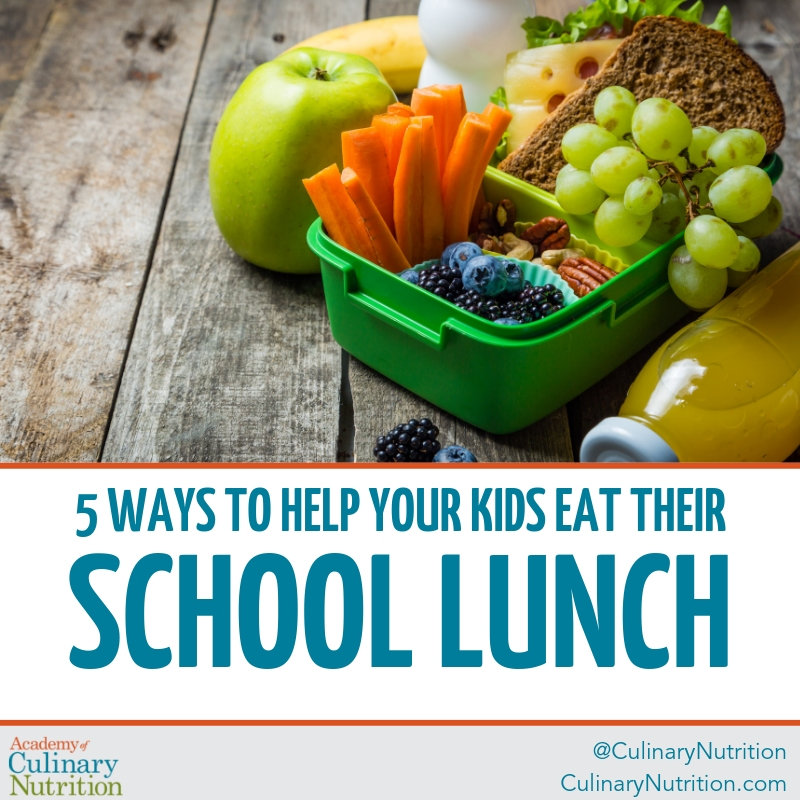
Free Resource Library
Enjoy more than 40 downloadable guides, recipes, and resources.
















